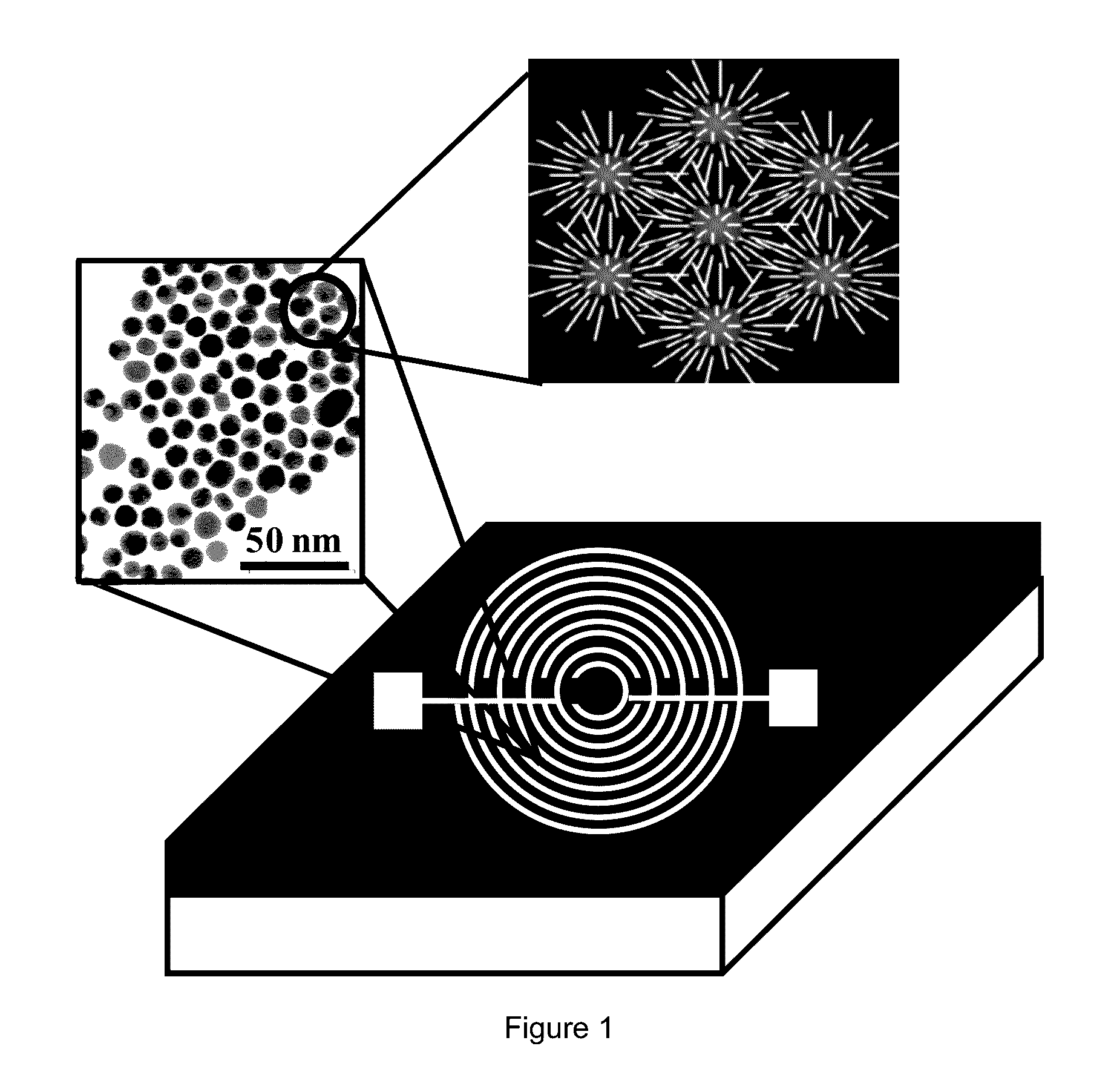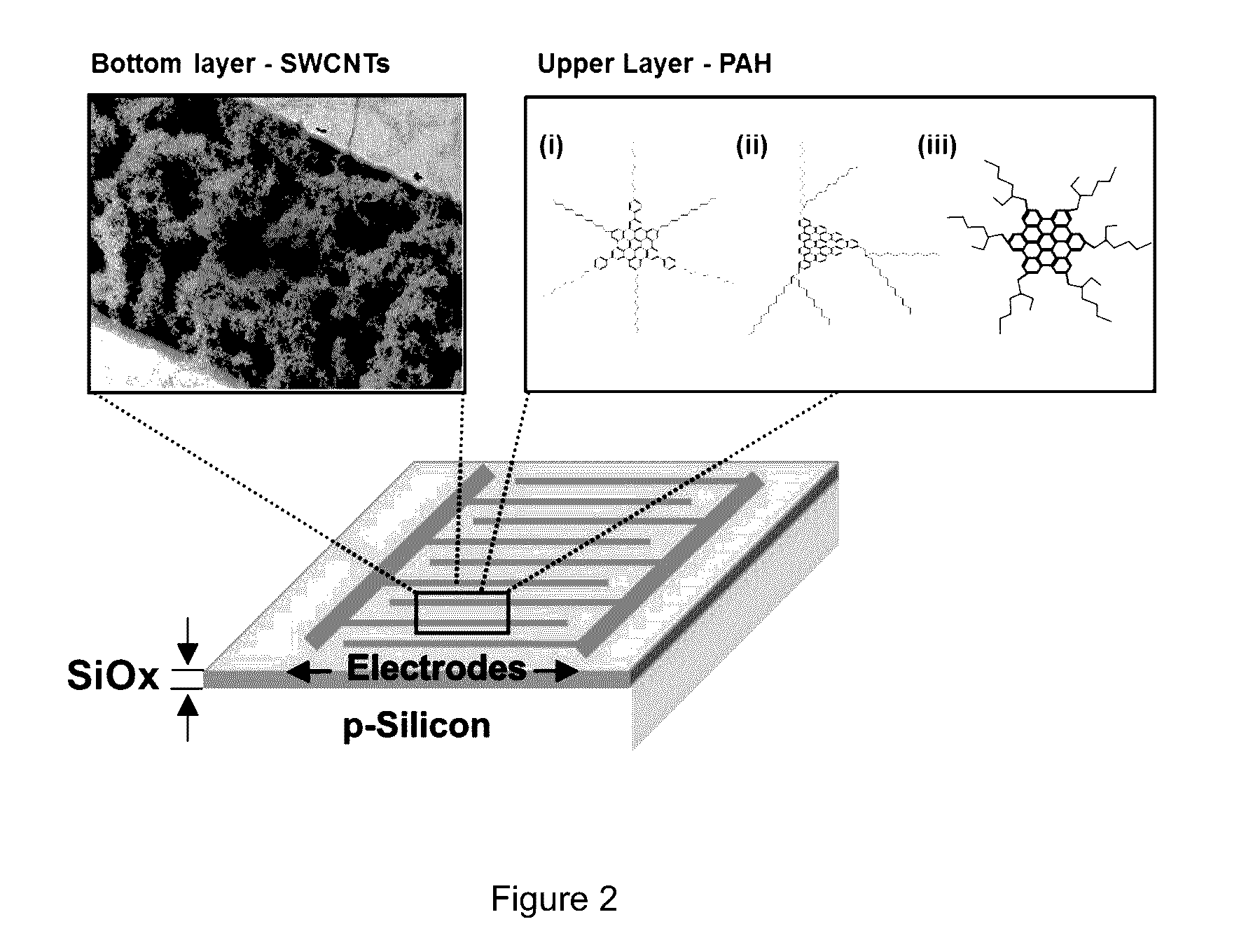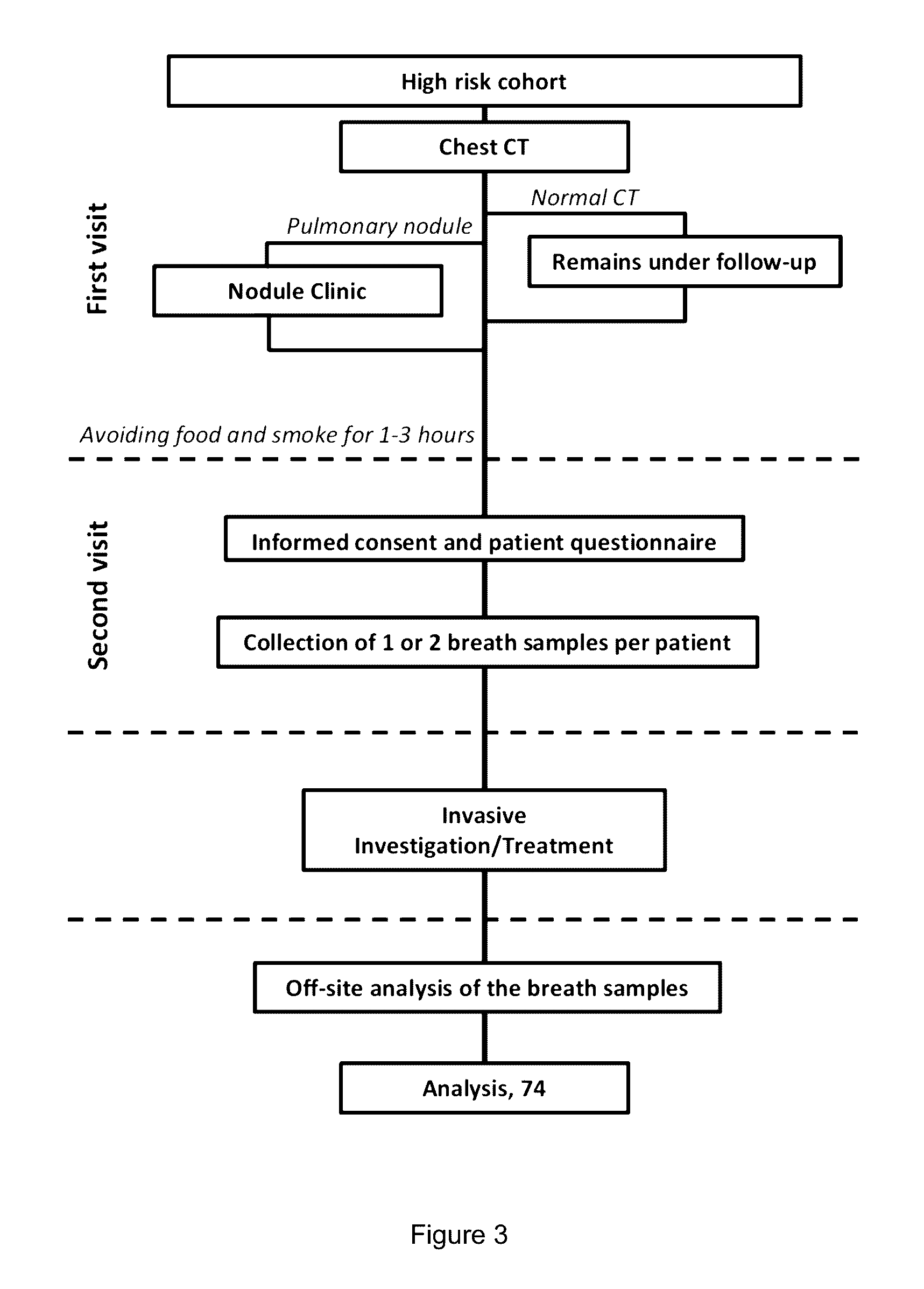Breath analysis of pulmonary nodules
a technology of pulmonary nodules and breath analysis, applied in combinational chemistry, instruments, chemical libraries, etc., can solve the problems of significant risks, unnecessary invasive procedures, and high false-positive rate, and achieve the effect of reducing the level of at least one volatile organic compound in the test sampl
- Summary
- Abstract
- Description
- Claims
- Application Information
AI Technical Summary
Benefits of technology
Problems solved by technology
Method used
Image
Examples
example 1
Analysis of Breath Samples of Individuals With Malignant and Benign SPNs
[0133]Seventy-four (74) individuals with solitary pulmonary nodules (SPNs) were examined. Samples of two (2) individuals were excluded due to a technical problem. The individuals attended subspecialty referral clinics at the University of Colorado Cancer Center (Aurora, CO, USA) and Denver Veterans Affairs Medical Center (Denver, Colo., USA) from March 2009 to May 2010. The Colorado IRB granted ethical approval for the study, and the clinical trial was registered at Clinicaltrials.gov (registration No.: NCT01386203). After breath sampling, all individuals underwent conventional invasive diagnostic procedures, including bronchoscopy, wedge resection and / or lobectomy as was recommended clinically for final diagnosis. The conventional diagnosis served as a standard reference for the breath testing and subsequent treatment. Lung cancer was diagnosed in 53 individuals and benign conditions were found in 19 individual...
example 2
Chemical Analysis of Breath Samples using GC-MS
[0136]Volatile organic compounds (VOCs) that can serve as biomarkers for solitary pulmonary nodules in breath samples were identified and their relative compositions were determined using GC-MS in conjugation with solid phase microextraction (SPME). The GC-MS technique is based on spectrum and retention times (BMC Cancer 2009; 9: 348; and Clin. Chem. Lab Med. 2009; 47: 550-560). Twenty eight (28) samples from individuals with malignant nodules (25 NSCLC and 3 SCLC) and eleven (11) samples from individuals with benign nodules were analyzed. Hundreds of different VOCs per breath sample were identified, of which approximately 200 VOCs had main masses in the range of 33 to 282 m / z and retention times between 1.8 and 42.8 minutes. Non-parametric Wilcoxon / Kruskal-Wallis tests identified two VOCs that appeared at higher concentrations in individuals having lung cancer, compared to individuals with benign nodules, namely 1-methyl-4-(1-methyleth...
example 3
Nanoarray Analysis of Breath Samples
[0141]In order to differentiate between collective VOC patterns of malignant and benign lung nodules, a DFA model using tailor-made nanoarrays was utilized. Seventy (70) of the 74 breath samples collected were examined. All sensors responded rapidly and differently to small changes in VOC concentration and provided a consistent output which was specific to a given breath exposure. Two breath samples were excluded from the analysis due to technical failures of the electrical readout of the sensing signals during measurement. Accordingly, a
[0142]Discriminant Factor Analysis (DFA) model was based on the sixty eight (68) breath samples collected for nanoarray measurement and subsequent analysis. The nanoarray analysis provided good discrimination between individuals with malignant nodules and individuals with benign nodules (FIG. 6A). Full separation was achieved along the first canonical score (The confidence intervals are significantly separated, na...
PUM
| Property | Measurement | Unit |
|---|---|---|
| diameters | aaaaa | aaaaa |
| diameters | aaaaa | aaaaa |
| lengths | aaaaa | aaaaa |
Abstract
Description
Claims
Application Information
 Login to View More
Login to View More - R&D
- Intellectual Property
- Life Sciences
- Materials
- Tech Scout
- Unparalleled Data Quality
- Higher Quality Content
- 60% Fewer Hallucinations
Browse by: Latest US Patents, China's latest patents, Technical Efficacy Thesaurus, Application Domain, Technology Topic, Popular Technical Reports.
© 2025 PatSnap. All rights reserved.Legal|Privacy policy|Modern Slavery Act Transparency Statement|Sitemap|About US| Contact US: help@patsnap.com



